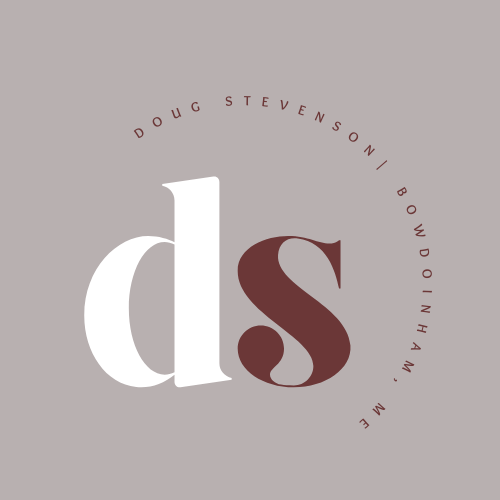Employee benefits are crucial to the overall compensation package and can significantly impact your job satisfaction, work-life balance, and financial well-being. However, many employees do not fully utilize these benefits, often leaving valuable resources on the table. Here’s a guide on how to make the most of your employee benefits.
Understand Your Benefits Package
The first step in maximizing employee benefits is thoroughly understanding what is available to you. Most companies provide a summary of benefits during onboarding, but it’s worth revisiting this information regularly. Expected benefits include health insurance, retirement plans, paid time off, wellness programs, and professional development opportunities. Read through all the details and ask your HR department for clarification.
Health Insurance
Health insurance is one of the most significant benefits offered by employers. To make the most of it:
- Review Plan Options: Choose a plan that best suits your needs and your family’s. Consider factors such as premiums, deductibles, copayments, and out-of-pocket maximums.
- Utilize Preventive Services: Many plans cover preventive services such as vaccinations, screenings, and annual check-ups at no additional cost. These services can help you maintain your health and catch potential issues early.
- Use Health Savings Accounts (HSAs) or Flexible Spending Accounts (FSAs): These accounts allow you to set aside pre-tax money for medical expenses, reducing your taxable income and helping you save on healthcare costs.
Retirement Plans
Retirement plans, such as 401(k)s, are essential for long-term financial security. Here’s how to make the most of them:
- Contribute Enough to Get the Full Match: If your employer offers a matching contribution, ensure you contribute at least enough to get the full match. Otherwise, you’re leaving free money on the table.
- Increase Contributions Gradually: Aim to increase your contributions over time, especially when you receive raises or bonuses. The power of compound interest can significantly grow your retirement savings.
- Diversify Your Investments: Review your investment options within the retirement plan and choose a diversified portfolio that matches your risk tolerance and retirement goals.
Paid Time Off (PTO)
Paid time off is vital for maintaining a healthy work-life balance. Here’s how to maximize it:
- Plan Ahead: Schedule your vacations and personal days to ensure you take the time off you’re entitled to.
- Understand Carryover Policies: Some companies allow you to carry over unused PTO into the following year, while others have a use-it-or-lose-it policy. Knowing this can help you plan your time off more effectively.
- Use PTO for Mental Health: Don’t hesitate to use your PTO for mental health days. Taking a break can improve your productivity and overall well-being.
Wellness Programs
Many employers offer wellness programs to promote healthy lifestyles. To get the most out of these programs:
- Participate Actively: Engage in wellness challenges, attend workshops, and use resources such as gym memberships or fitness classes.
- Take Advantage of Incentives: Some programs offer incentives, such as reduced insurance premiums or cash rewards, for participating in health screenings or achieving fitness goals.
- Utilize Employee Assistance Programs (EAPs): EAPs often provide confidential counseling and support for personal or work-related issues. These services can be invaluable for maintaining mental and emotional health.
Professional Development
Continuing education and skill development are crucial for career growth. Here’s how to leverage these opportunities:
- Take Advantage of Training Programs: Many companies offer in-house training or subsidize external courses and certifications. Use these resources to enhance your skills and advance your career.
- Seek Tuition Reimbursement: Consider pursuing further education if your employer offers tuition reimbursement. This can help you acquire new qualifications without incurring significant debt.
- Network: Attend company-sponsored events, seminars, and conferences. Networking can open doors to new opportunities and help you build valuable professional relationships.
Conclusion
Making the most of your employee benefits requires a proactive approach and a thorough understanding of what is available. By taking full advantage of health insurance, retirement plans, paid time off, wellness programs, and professional development opportunities, you can enhance your overall well-being, achieve a better work-life balance, and secure your financial future. Regularly review your benefits, stay informed about any changes, and don’t hesitate to ask questions to ensure you maximise your compensation package’s value.

